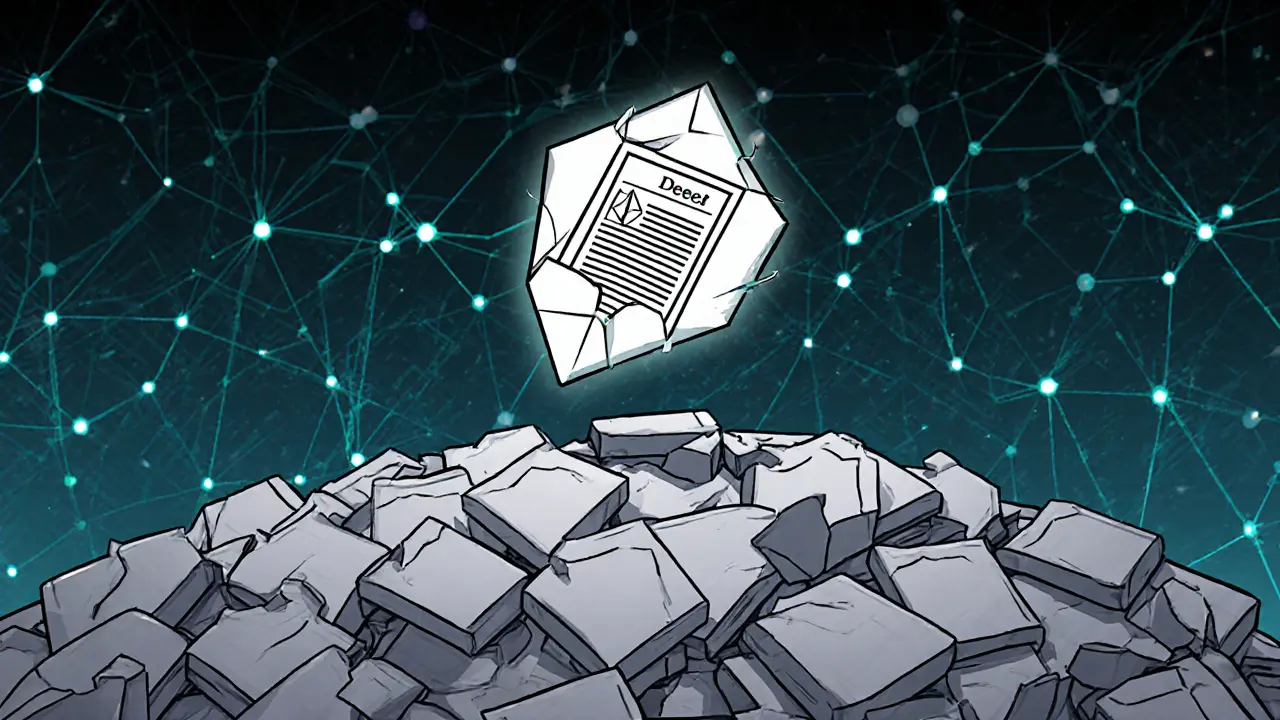NFT Standard: What It Is and Why It Matters for Digital Ownership
When you buy an NFT, you’re not just getting a picture—you’re getting a NFT standard, a set of rules that defines how digital ownership is recorded and transferred on a blockchain. Also known as token standard, it’s what makes your digital art, music, or collectible verifiably yours and not just a copied file. Without these standards, NFTs would be nothing more than images stuck on a website with no proof of authenticity.
The most common NFT standard is ERC-721, the original Ethereum-based rulebook for unique, non-fungible tokens. It’s what powered CryptoPunks and Bored Apes, giving each NFT its own unique ID and ownership history. But it’s not the only one. ERC-1155, a more flexible standard that lets one contract handle both unique and multiple identical items, changed the game for games and collectibles. Think of it like a digital wallet that can hold one rare sword and ten health potions—all under the same code. This efficiency is why projects like NFTLaunch and others now use it to cut costs and simplify trading.
NFT standards don’t just define how tokens work—they shape what’s possible. They enable marketplaces to display ownership, wallets to recognize assets, and smart contracts to auto-pay royalties to creators. That’s why scams like fake airdrops often ignore these standards: they can’t fake the blockchain proof. If a token doesn’t follow ERC-721 or ERC-1155, it’s likely not a real NFT—it’s just a meme with a label. Even in places like Nigeria or Switzerland, where crypto rules vary, the underlying NFT standard stays the same: if it’s on-chain, it must follow the code.
What you’ll find below are real examples of how these standards play out in the wild. Some posts show how creators use them to build fan communities. Others expose fake NFT projects that pretend to follow the rules. You’ll see how some tokens, like NFTL or ICNT, tie into real infrastructure, while others, like GBL or AXL INU, are just empty labels. This isn’t theory—it’s what’s happening right now. Whether you’re a collector, creator, or just trying to avoid scams, understanding the NFT standard is the first step to knowing what’s real and what’s just noise.
Understanding ERC-721 NFT Standard: How Unique Digital Assets Work on Ethereum
ERC-721 is the Ethereum standard that made digital ownership possible. Learn how unique NFTs work, how they differ from fungible tokens, and why they dominate the NFT market despite higher costs.
learn more